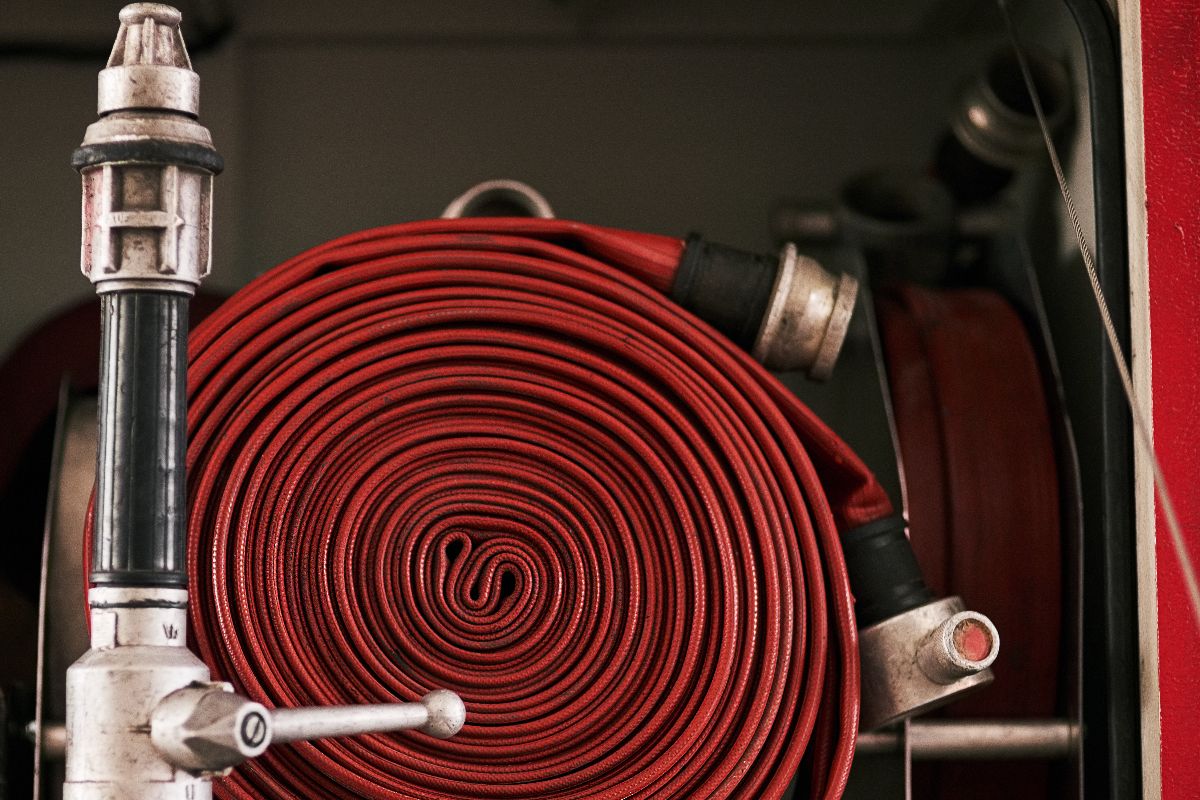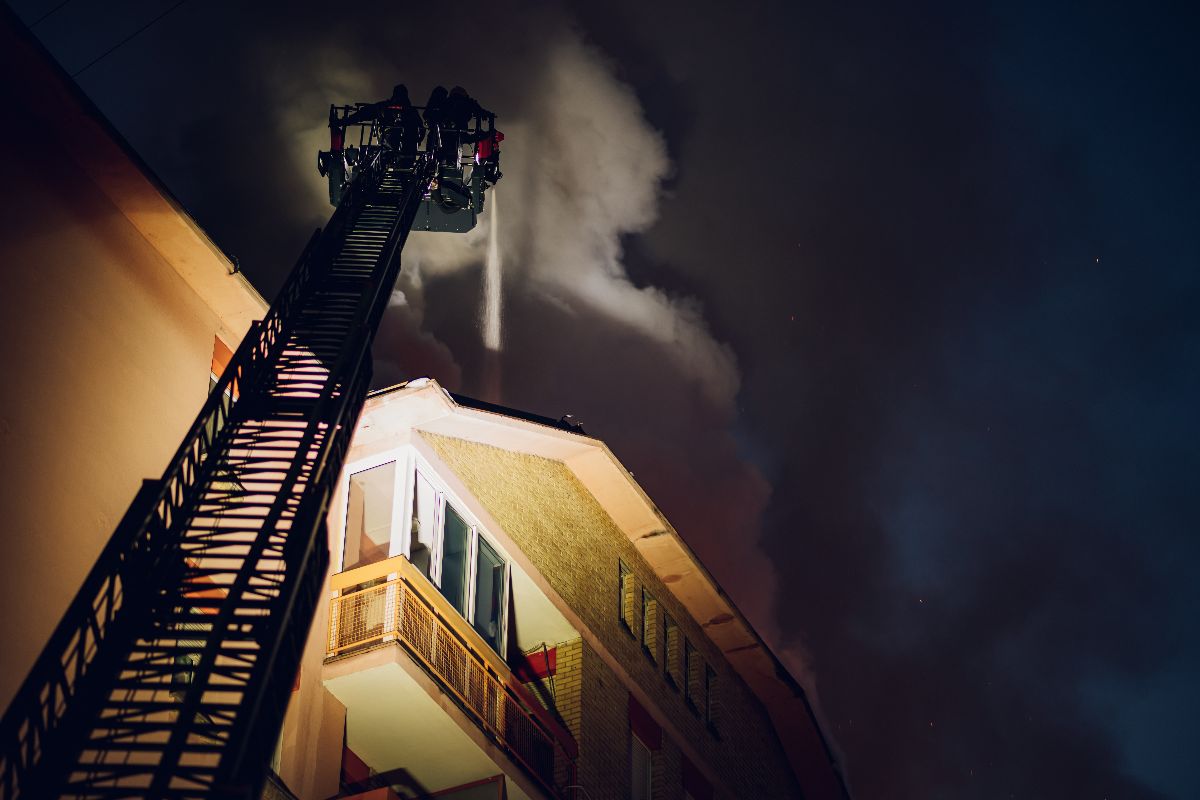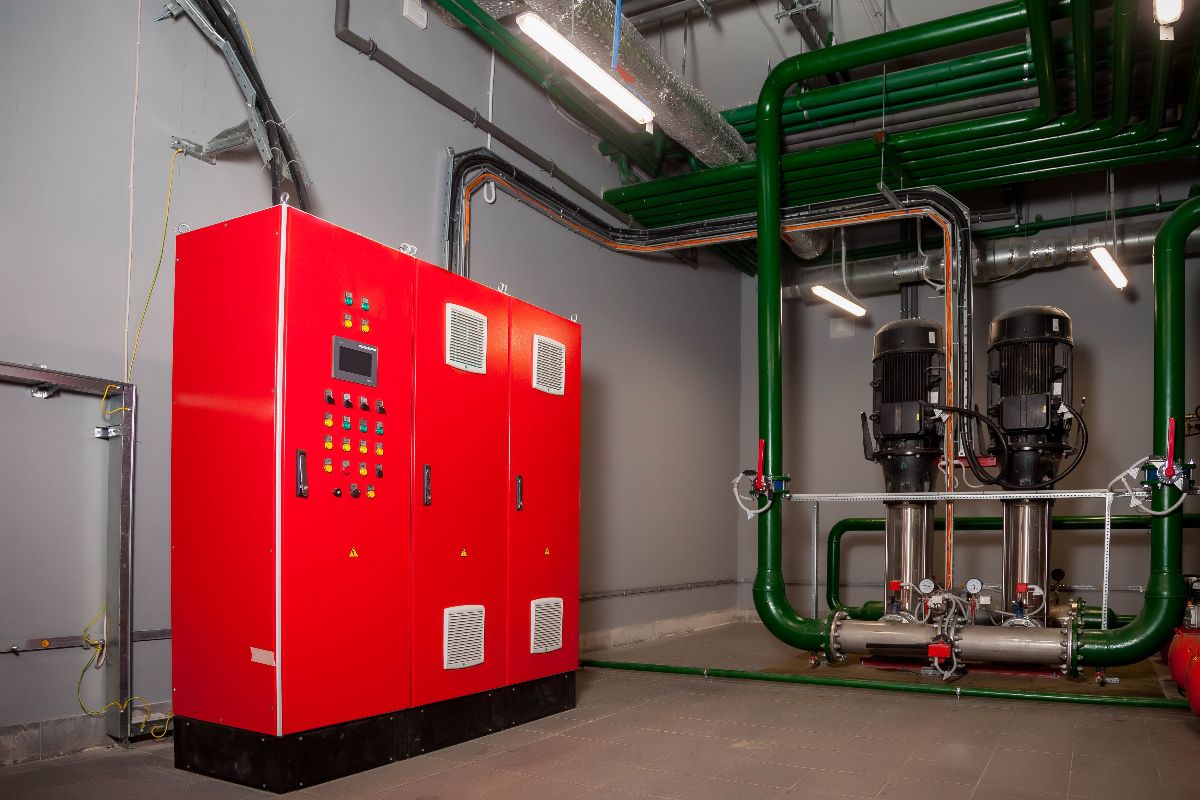Precautionary Measures to Prevent Fire in Every Building
 September 20, 2023
September 20, 2023
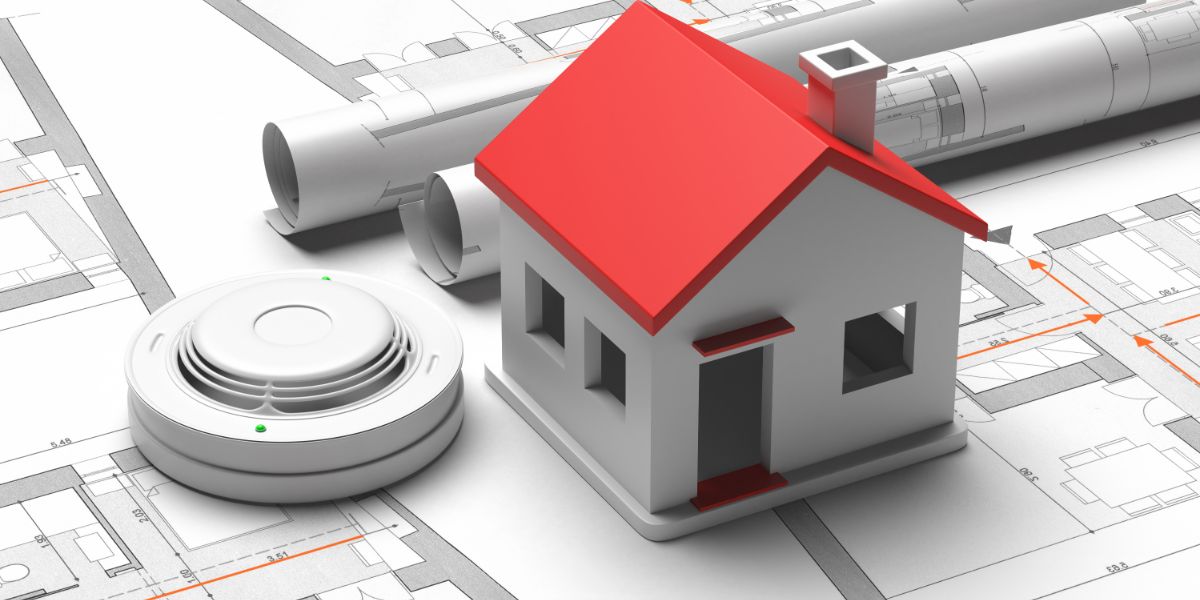
What precautionary measures should be taken to prevent fire in every building?
- Install smoke alarms
- Establish emergency exit routes
- Implement fire suppression systems
- Conduct regular inspections
Overview
- Fires pose a significant threat to lives and property, necessitating the adoption of precautionary measures.
- Smoke alarms are crucial for early fire detection. They should be strategically placed throughout commercial and industrial facilities to provide an early warning in the event of smoke or elevated temperatures
- Clear and accessible emergency exit routes, marked with prominent signs and adequate lighting, are essential for guiding occupants to safety during emergencies.
- Fire suppression systems, such as sprinklers, fire extinguishers, and fire blankets, are vital for controlling or extinguishing fires in their early stages.
- Regular inspections of fire safety equipment, including fire alarms, extinguishers, sprinkler systems, and emergency lighting, are necessary to ensure optimal functionality.
Every year, fires pose a significant threat to lives and property, making it crucial to adopt precautionary measures to prevent fires that can save lives and the property itself. In this article, we’ll explore precautionary measures to prevent fire with a focus on enhancing fire safety measures using cutting-edge fire detection and alarm systems in the Philippines. These meticulously designed systems serve as the first line of defense, swiftly detecting potential fire hazards and empowering individuals to respond promptly and effectively.
Install Smoke Alarms
One of the fundamental precautionary measures to prevent fires in commercial and industrial facilities is the installation of smoke alarms. These devices play a crucial role in early fire detection and are highly effective early warning systems. Smoke alarms are designed to detect the presence of smoke or rapidly increasing temperatures, both of which can indicate the onset of a fire.
In these settings, smoke alarms should be strategically placed throughout the facility, including production areas, storage spaces, offices, and corridors. When the device senses smoke particles or a significant temperature rise, it activates a loud, audible alarm. This immediate alert is invaluable in commercial and industrial spaces, providing employees and workers with vital seconds to respond quickly and evacuate the building safely.
Smoke alarms are an essential component of fire safety in these settings, as they enable early detection and prompt action, which can prevent fires from spreading and causing extensive damage to valuable assets and property.
Establish Emergency Exit Routes
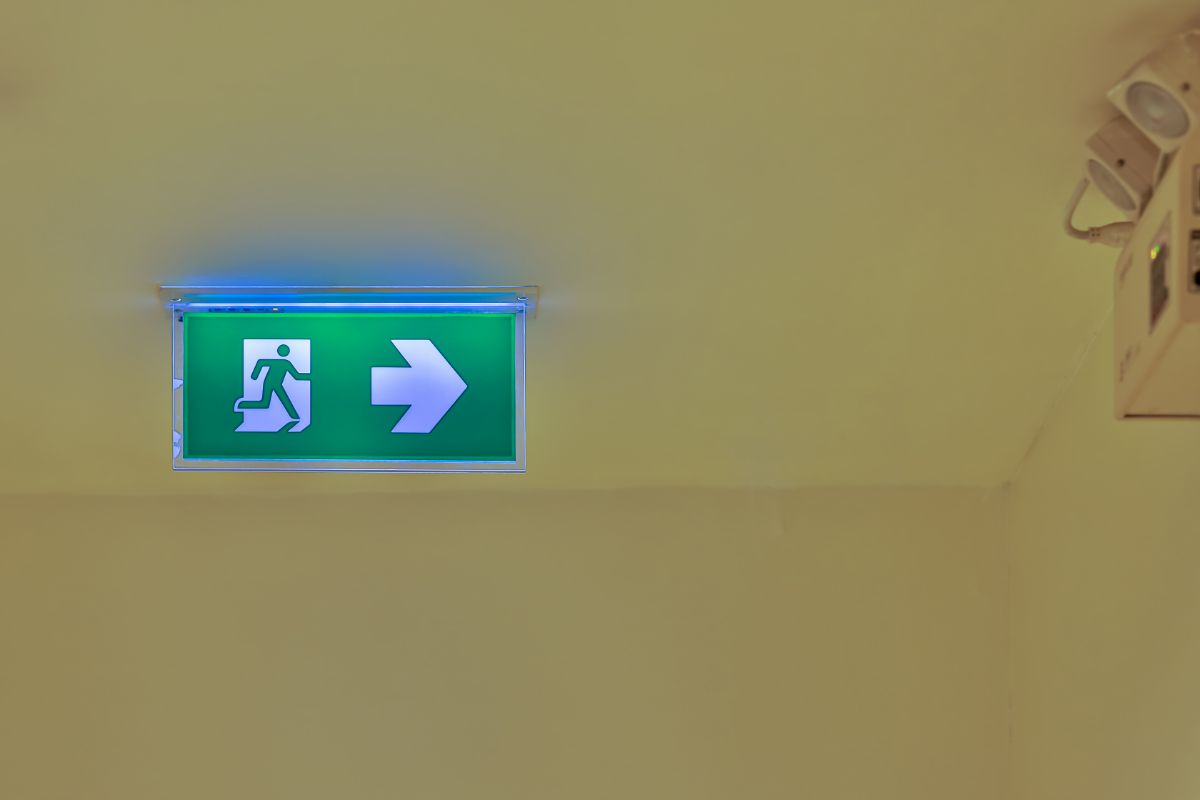
Another critical precautionary measure for fire prevention is the establishment of clear and accessible emergency exit routes. These routes are pre-defined pathways designed to guide occupants to safety in the event of a fire or other emergencies. To ensure their effectiveness, these routes should be clearly marked with prominent exit signs and adequately illuminated, making them easily identifiable even in low-light conditions. There should also be accessible exit paths for those with physical disabilities, so ramps are essential.
Maintaining unobstructed access to these routes is imperative to ensure that occupants can swiftly and safely exit the building during an emergency. Regular drills and training sessions play a vital role in familiarizing occupants with these exit routes, helping to create an organized and efficient evacuation process.
Implement Fire Suppression Systems
To further enhance fire prevention efforts, the implementation of fire suppression systems is crucial. These systems are designed to automatically control or extinguish fires in their early stages before they have a chance to escalate and cause significant damage. Common types of fire suppression systems include sprinkler systems, fire extinguishers, and fire blankets.
At Industrial PH, we work closely with our clients to design and install their FDAS, including the suppression system.
Conduct Regular Inspections
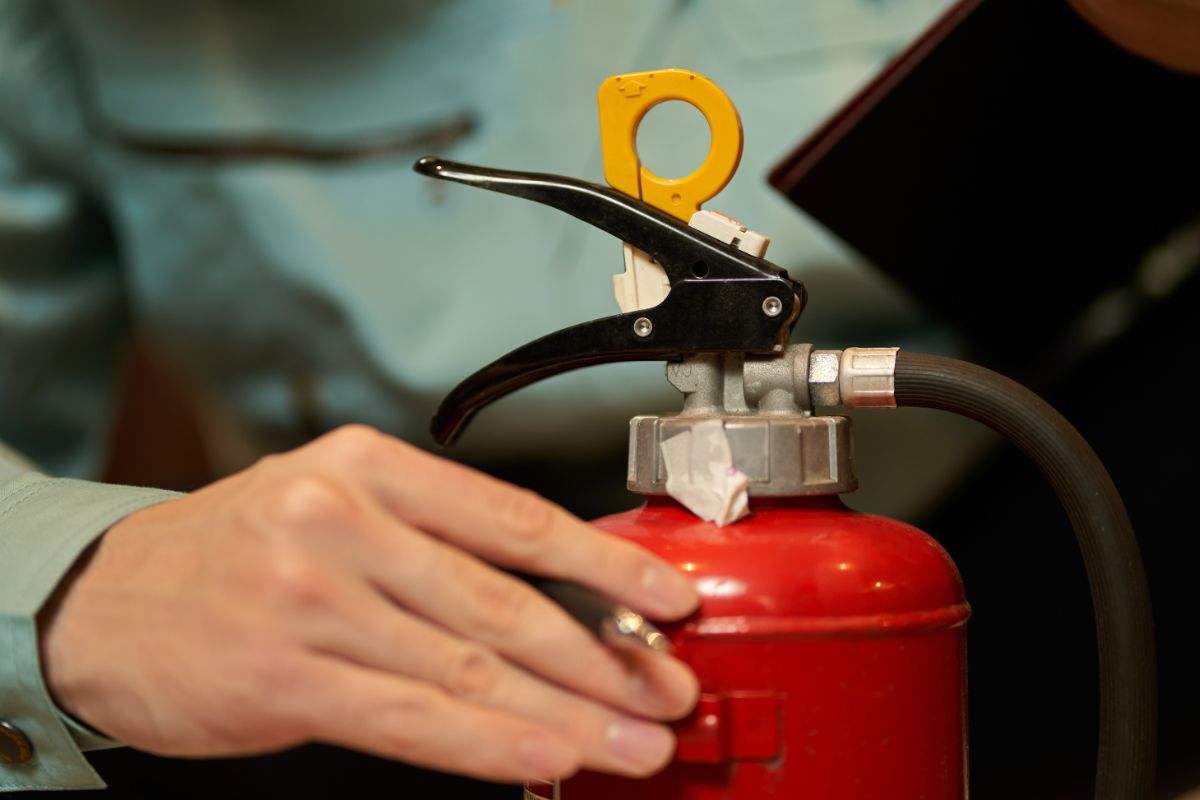
Regular inspections of fire safety equipment and systems are essential to ensure they remain in optimal working condition. This proactive approach involves thorough examinations of various fire safety components within a building.
Be sure to check the following equipment on a regular basis:
- Fire alarms
- Fire extinguishers
- Sprinkler systems
- Emergency lighting
By identifying and addressing any issues promptly during these inspections, the risk of fire is significantly reduced. Furthermore, the safety of building occupants is greatly enhanced, as they can rely on well-maintained fire safety equipment and systems in the event of an emergency. Regular inspections are a proactive measure that is instrumental in preventing fires and ensuring effective response mechanisms.
Key Takeaway
These precautionary measures to prevent fire collectively reduce the risk of fires and ensure effective responses when needed most, safeguarding lives and property. Here at Industrial PH, we treat fire safety with utmost importance. That’s why we offer it as a service to many of our clients. Contact us today to discuss your requirements. Allow us to help you with how we at Industrial PH can provide you with the ultimate fire protection.
